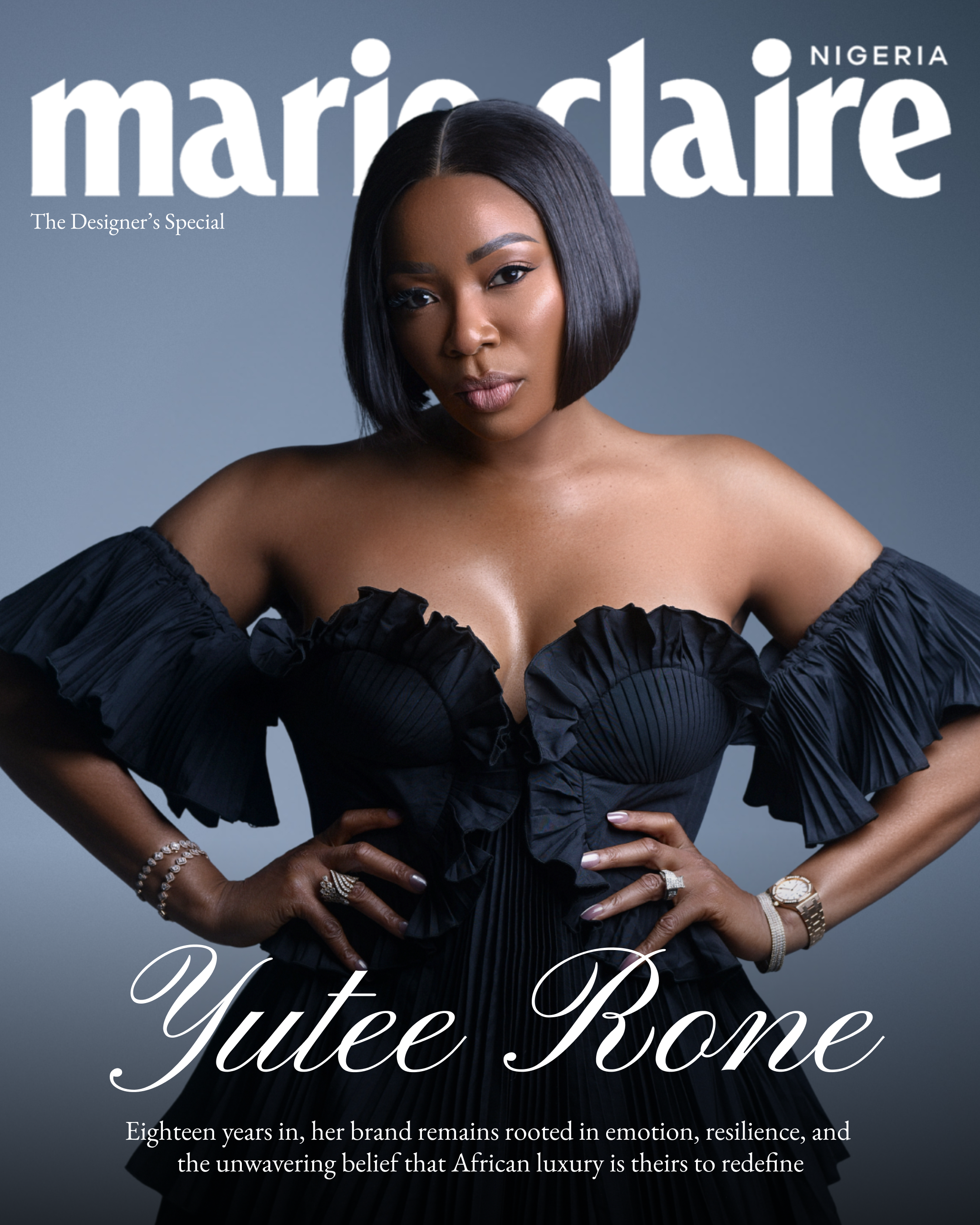“She Talks Exclusive” is an in-depth segment within the broader “She Talks” initiative, focusing on engaging with esteemed political, policy, and economics experts to tackle pressing issues affecting women today.
This platform highlights women’s challenges and explores actionable strategies and visionary insights for advancing women’s roles and rights. By facilitating meaningful conversations with thought leaders and change-makers, “She Talks Exclusive” aspires to illuminate the path forward, advocating for gender equality and empowering women to shape the future of societies worldwide.
Gender-based violence (GBV) remains a widely misinterpreted issue concerning human rights globally.
There’s a prevailing notion among many that GBV solely pertains to violence against women. In contrast, others perceive it as an unfamiliar concept, oblivious to the reality that anyone could fall victim. Certain cultural practices even glorify aspects of GBV, particularly spousal abuse, while stigmatizing male victims of GBV as weak.
Image Credit: The Ford FoundationUnder Sustainable Development Goal 5 (SDG 5), the world urges each individual to address the root cause of GBV: gender inequality, which is caused mainly by myths about the girl child. Gender disparities create an ideal environment for this horrendous violence, disproportionately affecting the most vulnerable members of our society.
Image Credit: The Borgen ProjectTo gain more clarity, I spoke with an active feminist voice on Twitter and co-host of the CounterNarrative Podcast, Tiaraoluwa Oluwabukunmi Fadeyi, to demystify some of the many myths regarding Gender-Based Violence in Nigeria and across the world on the She Talks Podcast. She first explained the meaning, forms, and some common myths:
What does Gender-Based violence mean?
According to Tiara, GBV is any harm against a person or group of people due to their gender. The term is used for women and girls due to the harmful cultures in society tailored to this gender.
Image Credit: The OECD Forum NetworkForms of Gender-Based Violence
Physical violence
This may include physical assault tactics like kicking, punching, and even murder, which is more commonly known as femicide.
Verbal violence
This includes coercive control (the act of using intimidation to harm, punish, or frighten women), ridiculing, spreading rumours, e.g., saying that “a woman slept her way to the top” if she is successful, and crude jokes that sexually objectify women.
Sexual violence
This includes sexual harassment, rape, and stealthing. Stealthing is the act of removing contraceptive products halfway through sexual intercourse without the woman’s permission.
Financial Violence
Financial violence occurs when a boyfriend or husband does not allow a woman to work or access her monetary earnings. Tiara describes it as an insidious part of gender-based violence because people often do not recognize it as such.
“People expect you to have scars and marks on your face, but for financial abuse, these scars don’t show on your face — they show on your financial well-being. Which is why many don’t treat it as GBV.”
Some common GBV myths you should know
Women are responsible for GBV
According to Tiara, one of the most common myths about GBV involves blaming the victim for her predicament, a notion popularly known as victim blaming.
GBV only happens to poor or uneducated women
This couldn’t be further from the truth, as people often view women who earn more than their partners as “emasculating” the man.
Image Credit: Live Bold and BloomWomen lie about their experiences
Tiara explained that the problem is not that women lie about their experiences but the difficulty of proving their innocence in court.
“The court expects the victim to provide undeniable proof of the act happening, but you don’t have it a lot of the time due to the nature of the act. This is why people think the accusations are false, but there are more genuine than false cases out there. Overwhelmingly more.”
Learn more common GBV myths and how to demystify them on the She Talks Podcast.


